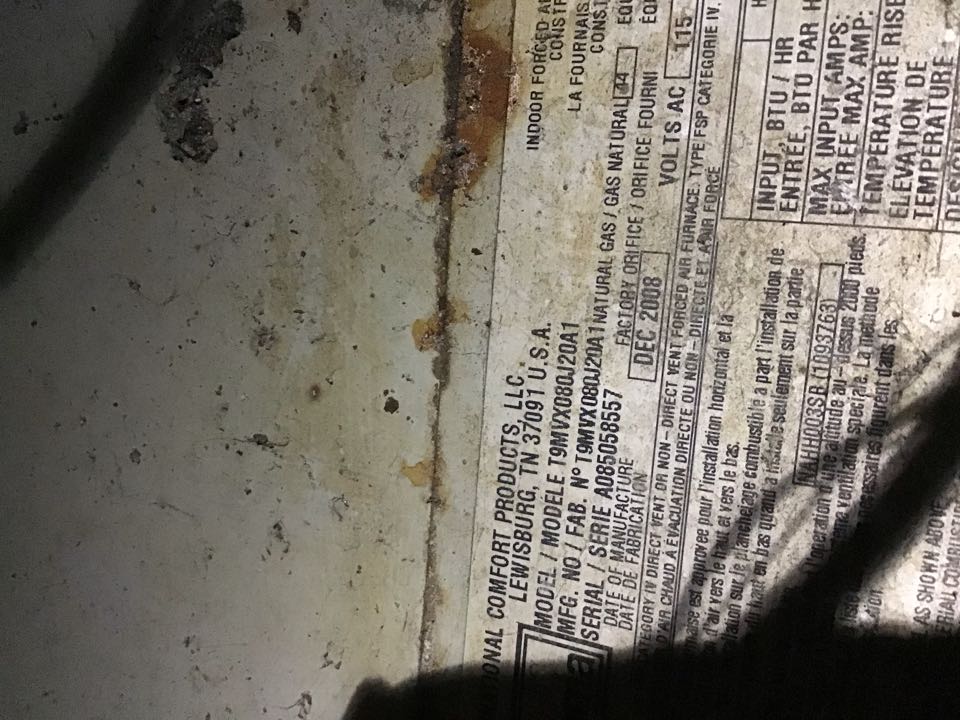Multi-Speed Efficiency
Although the cooling season in Columbus, Ohio can be relatively short some years, we all know the importance of having a quality central air conditioner to keep the cool air flowing during the hot summer months.
Air conditioners come in many different sizes and cooling capacities so it’s important the one you buy is right for the square footage of your home. Bigger does not mean better! Air conditioner sizes are measured in BTUs (British thermal units).
Most air conditioners are designed to keep your home at a cool 75 degrees inside when the temperature in central Ohio is a hot 90 degrees. Therefore, when the temperature outside is less than 90 degrees and your system is running nonstop, your air conditioner is being overworked.
Having a multi-stage heating and cooling system installed solves this problem by being able to run all of the time at different speeds to maintain the temperature indoors.
Evaporator Coil - The Heart Of Your System
Half of your cooling system actually sits on top of your furnace. This piece is called the evaporator coil and it is responsible for removing the heat from the air inside your home.
The unit that sits outside your home cools down your evaporator coil inside through the use of refrigerant and then the warm inside air is blown over these coils to cool down. Because of this setup, most new air conditioners are referred to as “split systems”.
How An Air Conditioner Works
Believe it or not, your air conditioner's job is to actually remove heat from your home, not blow cold air into it.
Although you feel cold air coming out of your air vents, what you are actually feeling is air that heat has been removed from.
The refrigerant inside of your air conditioner flows from your compressor to your evaporator coil and then collects the heat from inside your home before taking it outside and dispersing it at your condenser.
If you have ever put your hand over the fan of your air conditioner outside, you can feel the large amount of heat that is being removed from your home.
What Is A SEER Rating?
Seasonal Energy Efficiency Ratio (SEER) is a common term associated with new air conditioners. Just like the AFUE rating on a furnace, the SEER rating on an air conditioner lets you know just how efficient your unit is.
The lowest SEER air conditioners available today come in at 13 SEER. The high-efficiency units are 16 SEER and higher. If you have an old air conditioner, more than likely your unit is currently a 10 SEER unit.
But what does this mean exactly? Think of it as you would the MPG rating on a car, the higher the SEER rating, the less energy the air conditioner uses to cool your home.
Did You Know?
If you currently have a 10 SEER air conditioner and you upgraded to a 16 SEER unit, you could save on average 38% a year on energy costs by replacing your air conditioner. The average 10 SEER air conditioner will cost around $1,300 a year in energy to run.
A 16 SEER air conditioner will cost around $827 a year in energy consumption. This is definitely something to consider when shopping for a new air conditioner as a high-efficiency unit will essentially pay for itself over time!
Things To Consider When Choosing A New System
- The number of windows in your home.
- The number of people living in your home.
- Temperature preferences.
- Layout and existing ductwork in your home (if applicable).
- Type and quality of insulation in your attic and walls.
- Preferences in efficiency and price.
If you're ready to schedule a free, no-obligation estimate, give us a call at 614-475-1800 today!















